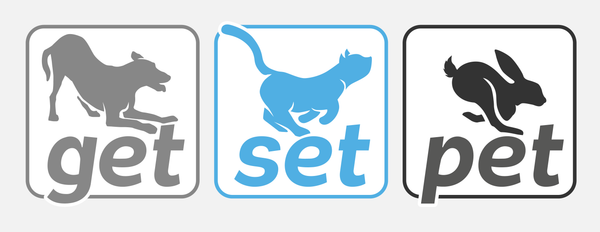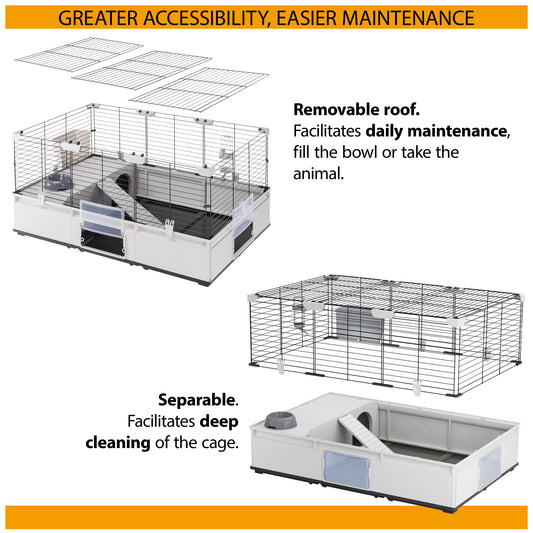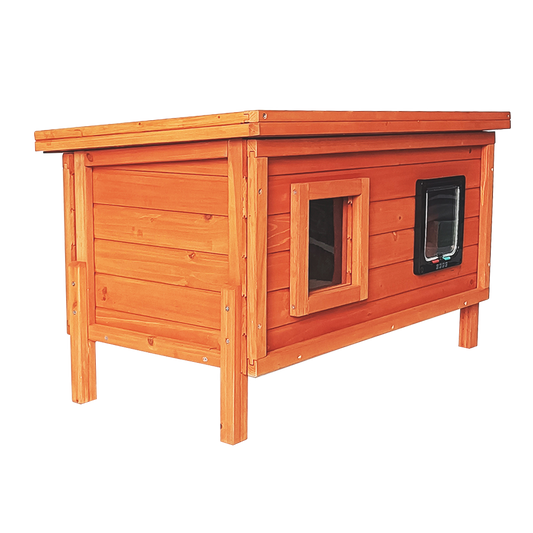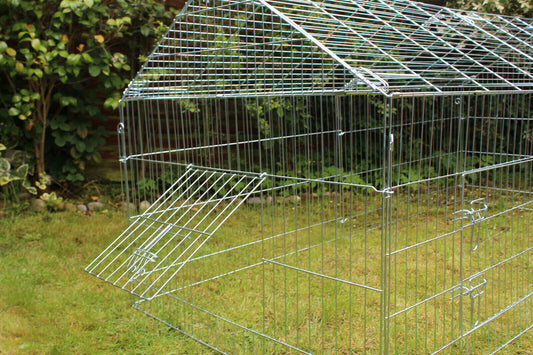According to a recent study by the PFMA (Pet Food Manufacturers Association), around half of the pets seen by British vets are now overweight. As a proportion of the national dog population, that would equate to a whopping 4 million dogs just here in the UK! And since obesity dramatically increases a dog’s chances of developing a whole range of associated health problems and has been proven to reduce a dog’s life expectancy by an average of two whole years, it’s easy to see why this is the biggest health concern our four-legged friends have ever faced.
In this article we’ll be looking at the leading causes of dog obesity, how to spot if your dog is carrying too many pounds and what to do if he or she is.
How do dogs get overweight?
Naturally, nobody sets out to make their pet overweight so how has the obesity epidemic come about?
The main reason so many dogs are gaining so much weight is a general lack of exercise. Over thousands of years, dogs have been refined into endurance athletes and as such they are actually not very well suited to the sedentary lifestyle most pet dogs now have.
And then, of course, there’s diet. If the dog is taking in too many calories from his food and treats then even a decent amount of exercise won’t be enough to prevent weight gain.
The issue is severely compounded by a general lack of awareness. According to vets, a fifth of owners of overweight dogs don't realise their pet is too heavy and 9 out of 10 don't see animal obesity as a life-threatening risk. We're all so used to seeing overweight dogs that their appearance has now become the norm and, ironically, healthy, lean dogs are increasingly being reported to the authorities by people who mistakingly think they are malnourished.
How to tell if your dog is overweight
So the first thing to do is to gauge whether your dog might be overweight. Ideally, when looking down from above, there should be a clear waistline and when looking from the side, the tummy should be tucked up towards the hind legs. You should be able to easily feel the last two ribs. If in doubt, you can always ask your vet.

How to get your dog to lose weight healthily
Ok, so you’ve established that your dog could benefit from losing a couple of pounds - what’s the best way to go about it?
While it’s true that some dogs are much more prone to putting on weight than others, weight gain is only possible when the number of calories going in is greater than the amount being used by the body. You’ve therefore got two options: feed fewer calories or burn more calories. The most successful weight loss programmes include both.
Feeding fewer calories
Fewer treats
The first and easiest step is cutting down on dietary additions like treats and tidbits, especially any that are high in fat. You should also make sure that any you do give are compensated by a similar reduction at meal times. A handfuls of treats during the day, for example, should be offset with a handful less food at mealtimes.
Less food
If cutting down on treats and tidbits isn’t enough to start seeing some weight loss, the next step is to reduce the amount of food you’re giving at mealtimes. Start off by cutting down the daily feeding amount by 10% or so. If you're not seeing any weight loss after 2-3 weeks, reduce the amount by a further 10% and so on until a slow weight loss is achieved.
Lower calorie food
You could also consider changing to a lower calorie diet. Light diets contain fewer calories to help with weight loss. Take care when choosing a light diet though as some manufacturers reduce calories by replacing the high calorie (high quality) meat with low calorie (low quality) fillers like cellulose. An alternative would be to feed a lower amount of a normal adult food and top up with home-cooked vegetables or well-cooked grains like brown rice or porridge oats.
More exercise
The second part of any good weight loss programme should be exercise. Exercise burns calories and helps to keep your dog healthy. All dogs benefit from exercise. Walking, running, swimming, chasing balls, it’s all great and in general, the more you can do with your dog the better. For dogs that are unused to a lot of exercise or that are heavily overweight, take care to build up their activity slowly.
Slow and steady wins the race
Always aim for gradual weight loss as too much too fast can lead to problems. About 1% of the dogs body weight per week is a good goal. Reassess the situation every few weeks. If weight loss is too slow, take more of the steps listed above. Too fast, then dial them back a bit.
Once your dog is back to his ideal weight, gently increase the feeding amounts and/or re-introduce treats and table-scraps until the weight levels out.
Our dogs are relying on us to keep them fit and healthy so make sure you continue to monitor your dog’s weight and be ready to make any adjustments as they’re needed.
If you found this interesting, why not read:









